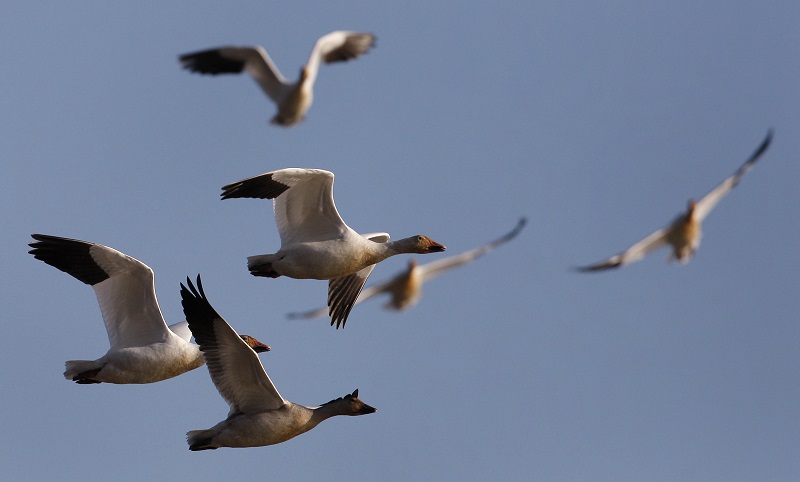

This mass movement of birds must contend with a pervasive but largely unrecognized threat: light pollution. They did not evolve with reflections, and so what they see is an extension of their habitat generally, and that’s where we have a lot of those problems,” Shumar said. Every spring and fall, billions of birds migrate through the U.S., mostly under the cover of darkness. “They make most of their trip at night guided by star fields and lunar paths and other celestial cues.Īnd artificial light has the potential to disrupt those migratory cues,” Shumar said.Īnd during the day windows can be a problem too, especially during sunrise.

So, when city and neighborhood lights come on, their sense of direction is thrown off.

From March 15 through the end of May, you won’t see many of these migrating birds during the day because they do most of their traveling at night. In the last 2 years, we found 5,000 birds in downtown Cleveland, and about 1600 of those were alive and rehabilitated and released back in the wild.”Īnd this time of year, that’s a problem in Columbus as well. Matthew Shumar, Program Coordinator for Ohio Bird Conservation Imitative said, “We’ve found a pretty staggering number of birds. A voluntary program, Lights Out Georgia encourages business owners, building managers, and residents to turn off or reduce lighting from midnight to dawn during peak bird migration periods. A group called Lights Out Columbus came together to help make sure that birds can safely migrate through Ohio. In an effort to reduce the number of bird-building collisions, Georgia Audubon launched Lights Out Georgia in spring 2017. While all of the windows and bright lights from buildings like these in Columbus might look nice to us, for birds, they can be deadly.


 0 kommentar(er)
0 kommentar(er)
